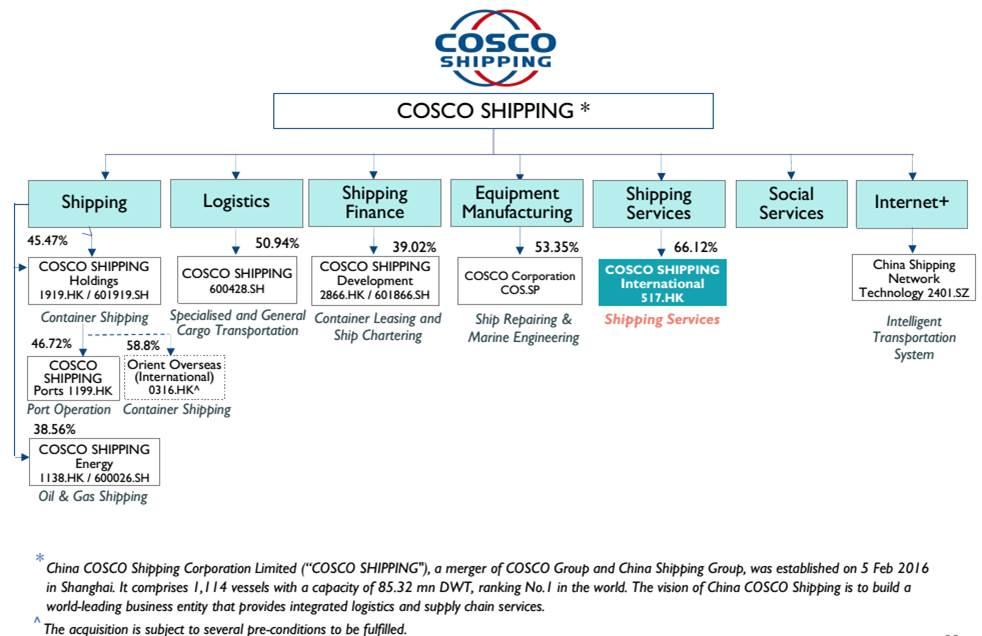

That means, if you use more than one carrier, you (your IT) must do mapping and status code & name harmonization work when implementing the integration, i.e., build the mapping logic in-house. E.g., the standard "loaded on vessel" status event in a standard IFTSTA (EDIFACT status message) message will be "STS+1+IIT::22'", "STS+1+AE" or "STS+1+48::2" depending on which carrier you integrate with.

Configurable notifications provide the value needed to shippers, freight forwarders, BCOs, etc. Whatever the source of information, and whatever the method of getting the data is, the information should be shared proactively with key stakeholders, especially when anomalies and exceptions occur.
#COSCO TRACKING TRACE HOW TO#
This article will summarize the different data sources for retrieving relevant tracking information, discuss their pros and cons, and make suggestions regarding how to get better data coverage. In our previous blog article, Why and How to Keep Track of Your Container Shipments, we elaborated on what we think is the most efficient way to follow your ocean shipment: directly from your main operational system, be it an ERP, TMS, or other supply chain management system.


 0 kommentar(er)
0 kommentar(er)
